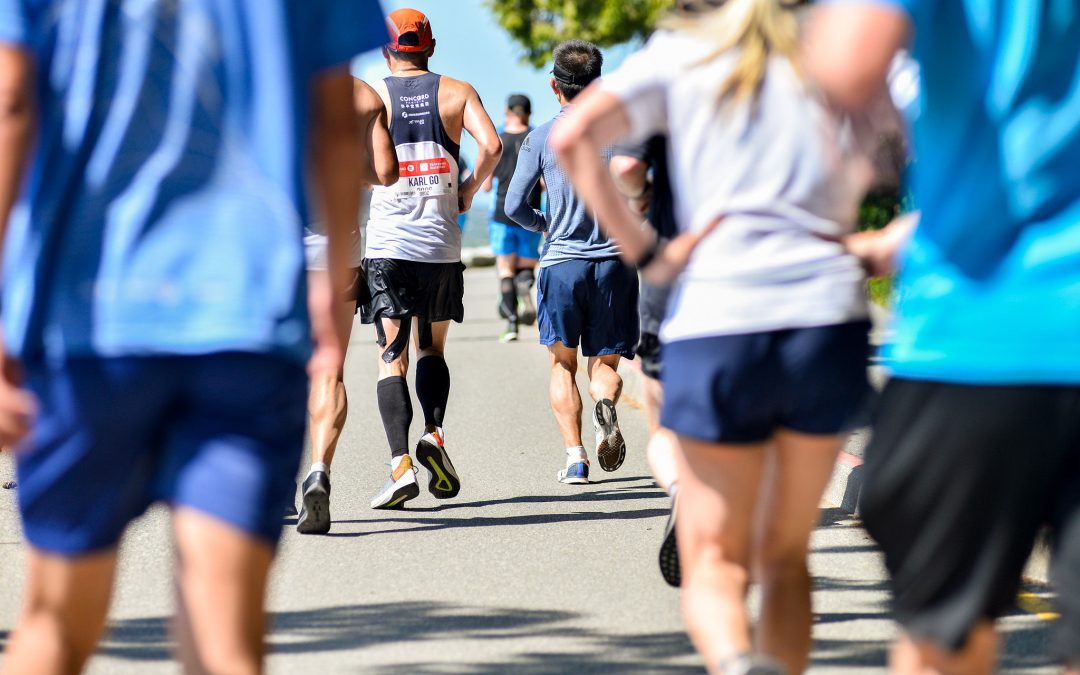By Rackets & Runners
How to Choose Running + Walking Shoes
With thousands of different models of shoes on the market, it’s virtually impossible for consumers to keep up and select the most appropriate brand and model for their individual foot type and function.
Inappropriate, ill-fitting, or worn out shoes can increase the chance of injury. As well, over time, shoes lose their stability and capacity to absorb shock, which can dramatically increase stress to your feet and legs. These added stresses could lead to blisters and calluses and contribute to lower limb overuse injuries.
At Rackets & Runners we assist with fit and recommend the most suitable shoe for your foot type and activity while staying on top of latest trends and technologies.
The Shoe Fit
Selecting a shoe that is appropriate for you should be a fairly straight forward process. Here are a few key things to remember during your next shoe fitting:
Considerations to mention to your footwear specialist:
- Previous/current injuries
- Previous/current shoe models you have worn – bring them in if you still have them
- Feedback you may have on the shoes
- Any considerations provided by your health professional (i.e. physiotherapists, podiatrists, etc.)
Related article: Finding the shoe that fits
If you have over-the-counter inserts or orthotics, bring them along if you plan on wearing them with the shoes.
How a shoe should fit:
- The upper of the shoe should hug your instep and rearfoot, creating a secure fit
- During activity your feet swell. To avoid black toenails, numbness, and foot cramping ensure there is enough space in your shoe to allow your feet to expand
- Look for a spacious toe box so your toes can comfortably spread
- While standing, make sure there is finger’s width worth of space in front of your longest toe
Your shoe should have ample cushioning to absorb impact and firmness to provide support. The latter may not seem intuitive, but unlike a flexible shoe, a firm midsole prevents feet soreness and pain.
Finally, when trying on shoes in store, try on a few models and take them for a run or walk outside on the pavement to get a better idea of the fit.
Lifespan of shoes
Durability of shoes will depend on a number of factors, including:
- The weight of the individual using the shoe. The more weight placed on the shoe will wear down the midsole more quickly
- Frequency/duration of wear
- The type of surface the shoe makes contact with; firmer surfaces wear shoes out more quickly
As a general rule of thumb, shoes last anywhere between six months to a year. If you’re finding that your shoes are becoming flexible and/or that you begin to experience lower limb aches, then it might be time to replace your shoes.
You can donate your old kicks to our Shoe Renu program which helps those in need to get foot care as well as footwear.
When choosing your next pair of shoes, consider one of the great models in the New Balance line-up. Whether it is the best-selling 880v9 which has the perfect combination of responsivity and cushioning, or the latestFresh Foam Mor that provides a lightweight and smooth ride, you will not be disappointed by the lineup of shoes New Balance has to offer!


Trackbacks/Pingbacks